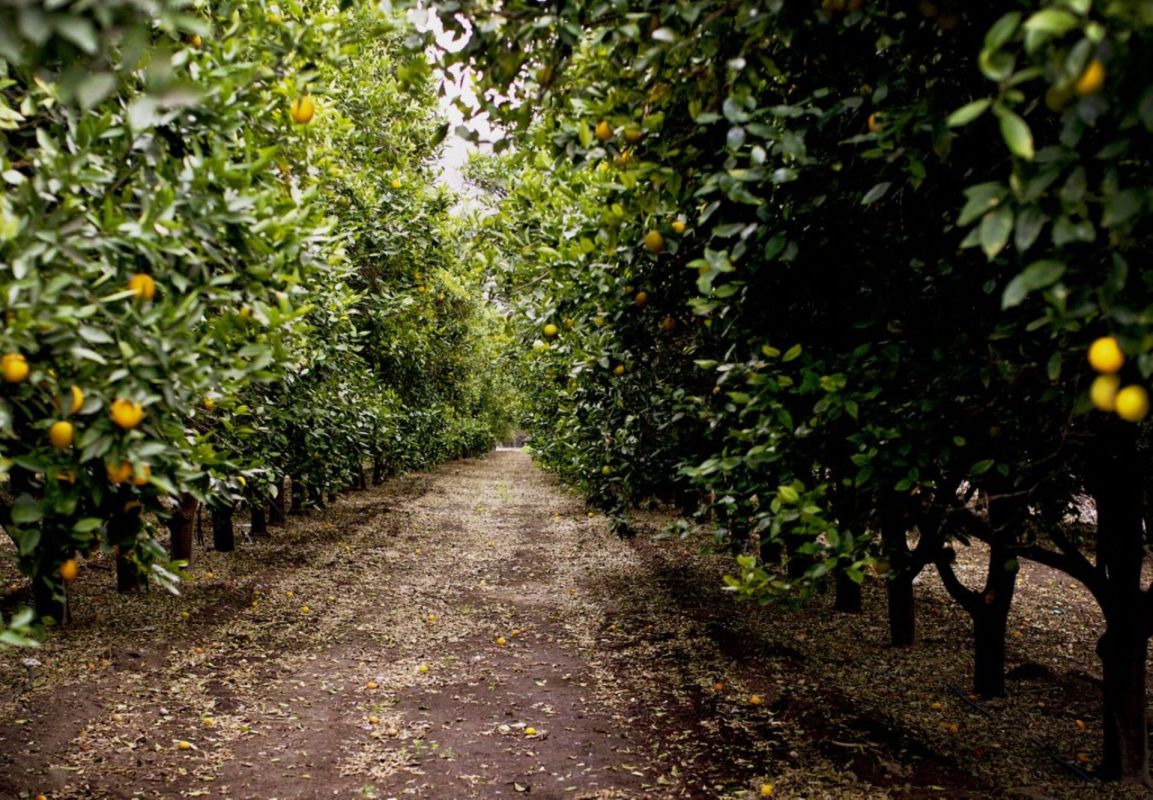OJ is not OK. Squeezed by disease and extreme weather, Florida's citrus yields are at their lowest in nearly a century — and already-high orange juice prices may continue to rise.
What's happening?
In June, the U.S. Department of Agriculture (USDA) projected that Florida will produce about 15.8 million boxes of oranges during the 2022-23 season.
Comparing oranges to oranges, this harvest is down from 41.2 million boxes a year ago, a 62% drop.
Since the mid-2000s, production has dropped steadily, but this year has been particularly harsh, according to the Washington Post.
"The state last had a harvest of similar size in 1928," the outlet noted, when there was "a wave of hysteria" due to infected citrus trees.
Low production is affecting prices. The Guardian reported that non-concentrate orange juice reached $10 per gallon in January. The USDA wrote in March that retail costs for navel oranges increased 7.2% from February 2022 to February 2023. "An all-time low supply of orange juice from Florida, the dominant supplier, is putting upward pressure on prices," the organization reported.
Blame is falling on "citrus greening" disease (aka Huanglongbing or "yellow dragon disease"), plus hurricanes and a cold snap that got the season off to a terrible start.
Why is this concerning?
Citrus greening disease — which leads to green, bitter fruits — arrived in Florida in 1998, per the USDA. An insect called the Asian citrus psyllid feeds on trees and infects them with bacteria. While not harmful to humans, the disease is incurable and deadly for citrus plants. This year's crisis reflects the fact that 80% of orange groves in Florida now have it.
Rising OJ prices also show the effect of Hurricanes Ian and Nicole hitting crops last year. The cold winter weather that followed further reduced the growing season.
Among the broader causes of the crisis may be climate change. Our overheating planet, due in large part to human releases of heat-trapping pollution, has been linked to higher risks of plant disease epidemics as well as hurricanes, although details of these effects are still being studied.
What's being done about the orange juice crisis?
As of early July, Florida growers remained hopeful for hurricane recovery aid — approved by the U.S. House of Representatives and awaiting a Senate vote. Meanwhile, scientists are searching for ways to help plants fight citrus greening.
In the "What You Can Do" part of its citrus greening page, the USDA urges everyone to follow fruit quarantines.
And, taking a broader view, we can limit pollution to reduce risks of intensifying natural disasters. Steps toward this can be significant, like driving an electric vehicle, or subtler, such as reducing pollution from transportation by eating local produce.
Join our free newsletter for easy tips to save more, waste less, and help yourself while helping the planet.








